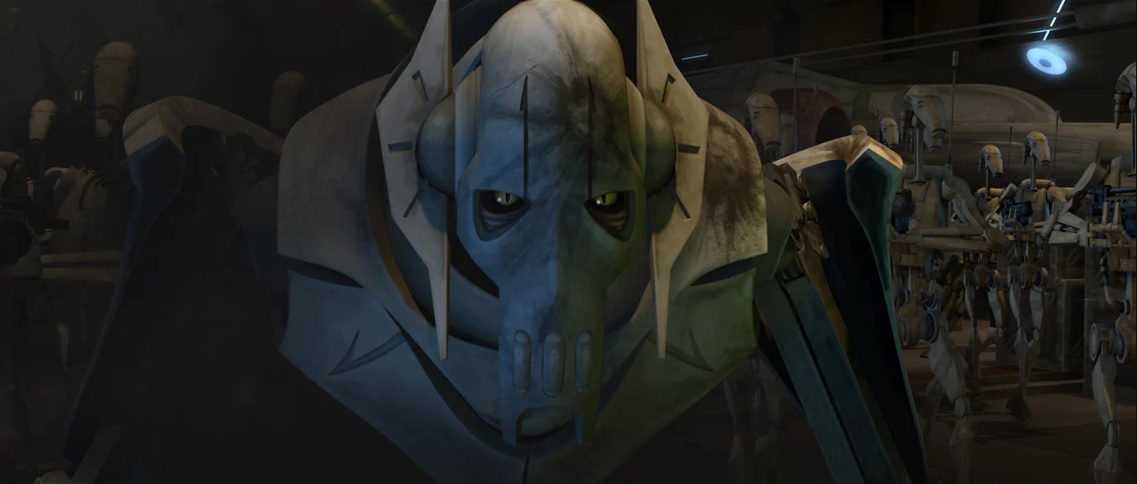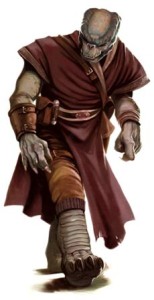
This is the first in what (I hope) will be a semi-ongoing look into the cast of this era, specifically using the massive amount of material provided by The Clone Wars TV show to do an autopsy of sorts into the portrayal and development of characters through the show’s length. Why am I just using the TV show and not all of the rest of the Clone Wars EU? Because TCW, like it or not, is the only official canon portrayal of characters and events that existed in the era now barring the films framing it. Even the Genndy Clone Wars series, which debuted some of the war’s major players, was heavily stylized and exaggerated compared to both TCW and the movies even before its continuity was called into question. This article assumes that the events of the cartoon happened, but not necessarily precisely as portrayed. TCW strikes a balance between the ideas and plots George Lucas had in mind for the era and elements of the EU that came before it, making it the most accurate history of the era in its current state.
With all of that said, let’s talk about General Grievous.
As the hype for Revenge of the Sith grew, Grievous was advertised and hyped along with it. It was Grievous’ skeleton-like visage that greeted fans upon the reveal of the title of the movie he would appear in. In his initial (both in and out of universe) debut in the Genndy series, he was a stoic, dreaded presence not unlike those in a slasher movie, single-handedly killing or seriously wounding several Jedi and only driven off by a barrage of laser and missile fire from an ARC trooper squad. His fighting style in that appearance was graceful, flowing, more like a dancer than a brute, including balancing on one foot so he could hold a third lightsaber between his mechanical toes, and he spoke only long enough to assure the Jedi that he would give them the honor of a warrior’s death. The hope for the character was high. Read More

 In the first round (volume? saga?) of So You Think You Can Internet, I offered my time-tested advice on
In the first round (volume? saga?) of So You Think You Can Internet, I offered my time-tested advice on 


